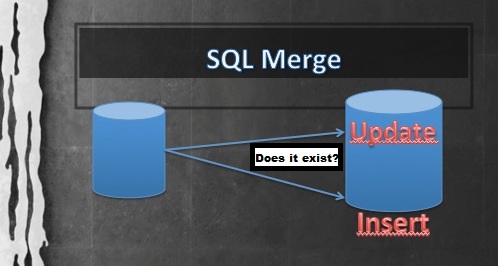The easiest way to access from an Oracle database objects from another Oracle database is using a DBLINK (being the easiest does not mean that it is always the most desirable, the abuse of DBLINKS can create many problems, both of performance and safety)
To do this it's necessary a user with CREATE DATABASE LINK privilege, and create a DBLINK in the source database (A) by a simple statement such as:
Create database link LNK_from_A_to_B connect to USER identified by PASSWORD USING 'B';
'LNK_from_A_to_B' is the name of the link, 'USER' and 'PASSWORD' are the IDs of the user who will use the link to connect, which will inherit the permissions of all access through the link, and B is the name of the database's instance.
Using the DBLINK we can connect to the objects with the remote database's permissions that user has been provided in the creation statement.
To reference an object from the remote database should indicate the name of the object, concatenated with the character '@' and the name that we had given to the DBLINK.
Example:
select * from TABLA@LNK_from_A_to_B
 The operator to concatenate in SQL Server is '+', but this operator is also used to add values.
The operator to concatenate in SQL Server is '+', but this operator is also used to add values.




